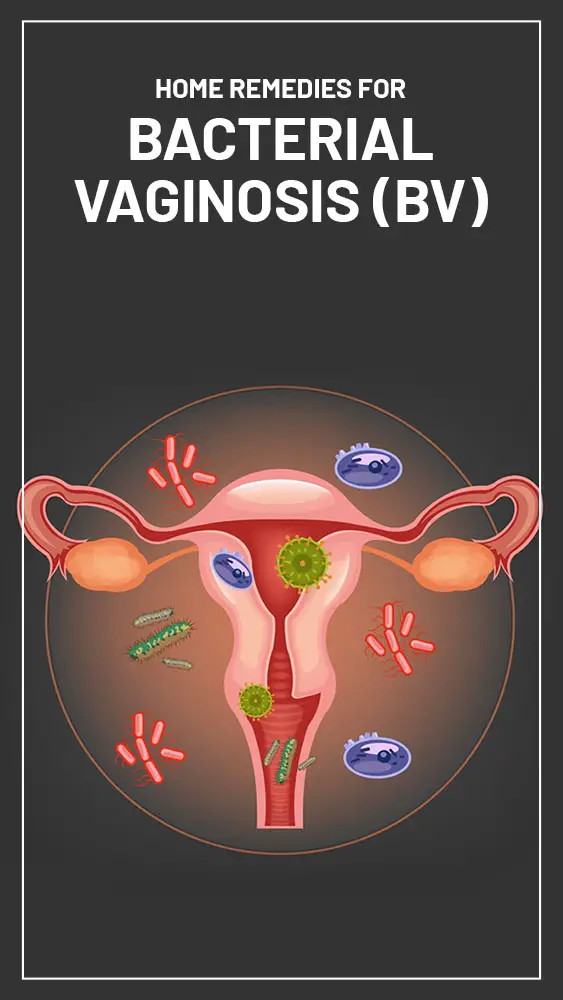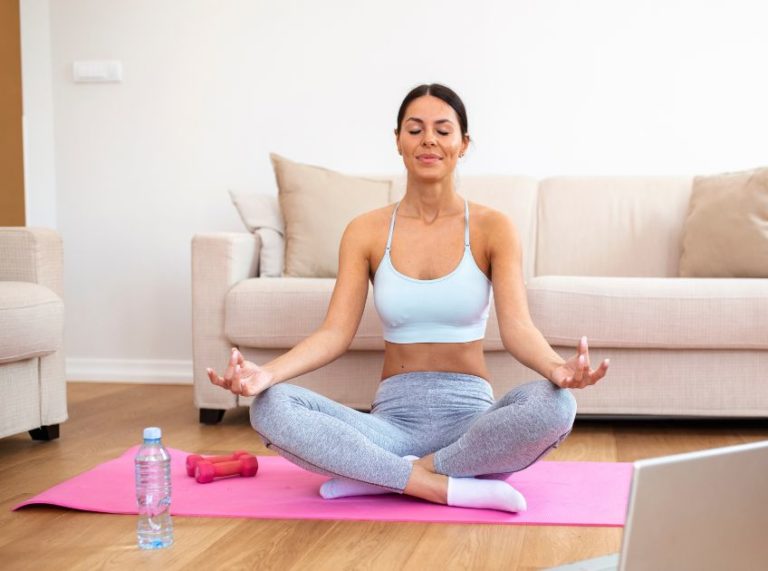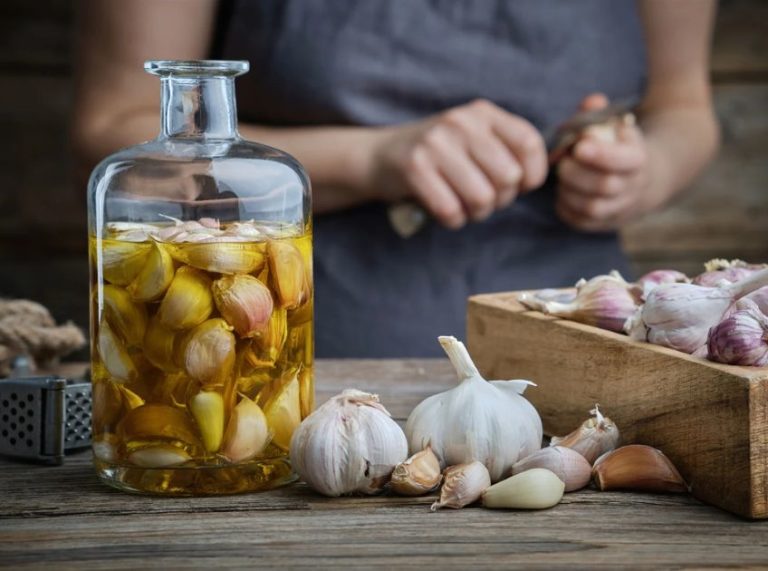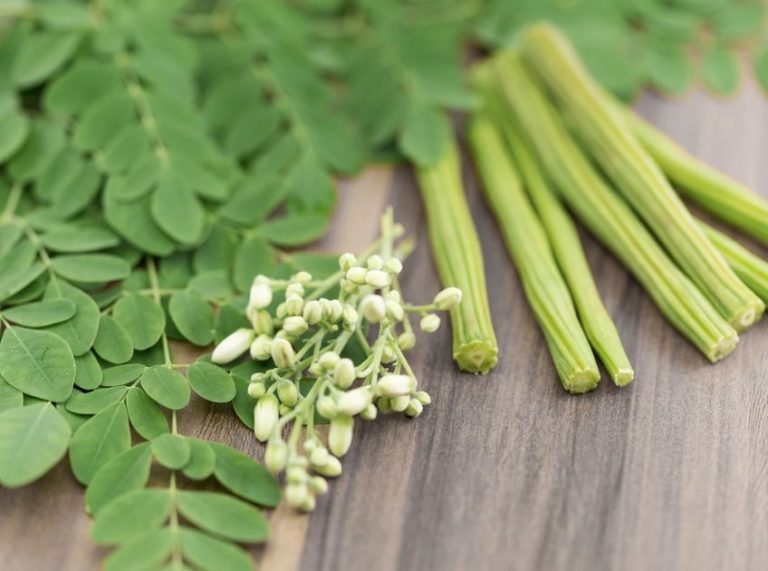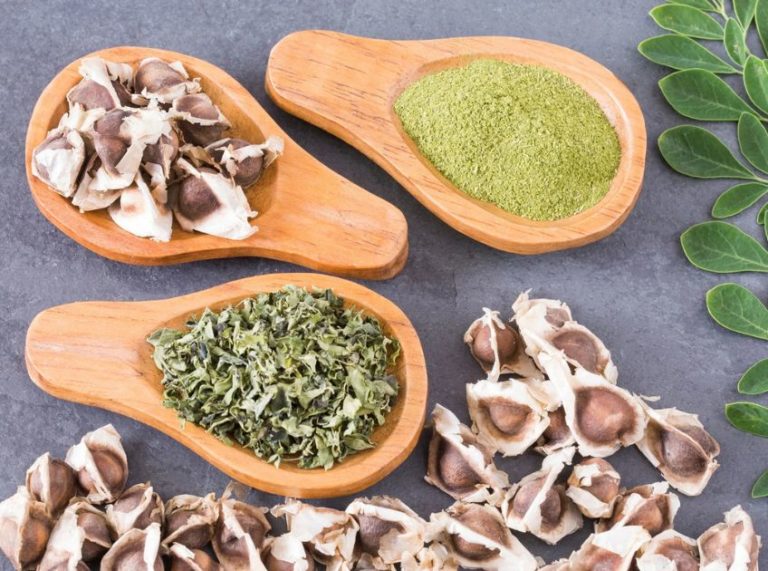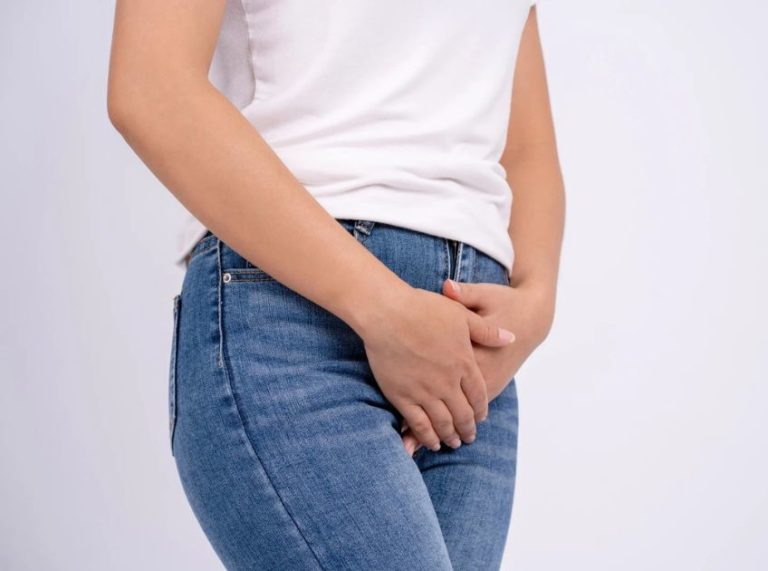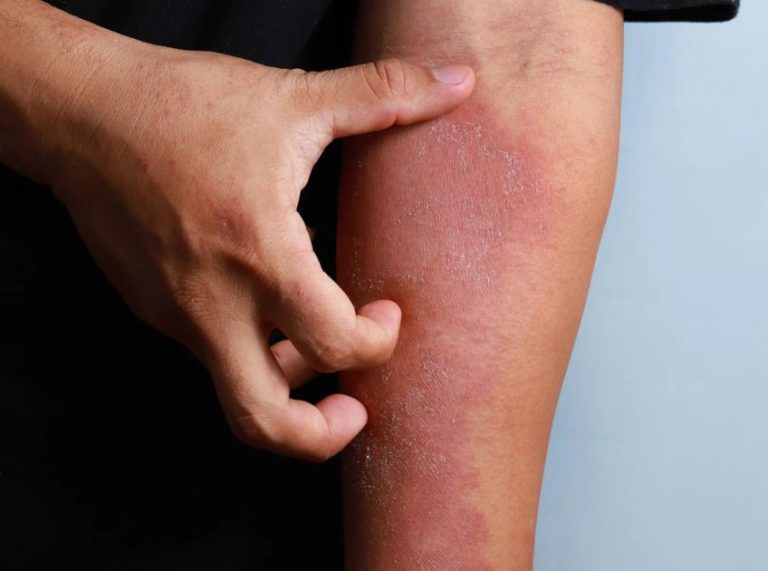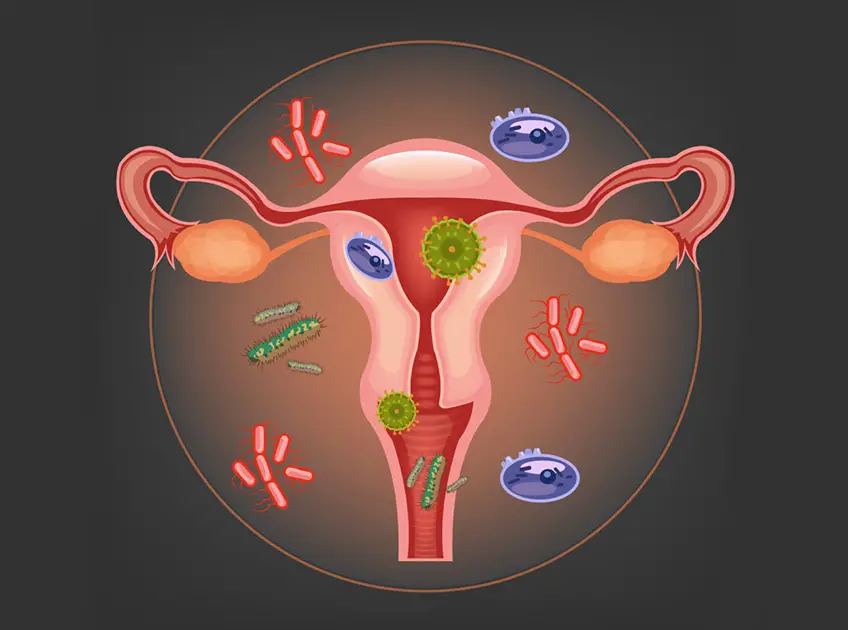
Important: This article is for informational purposes only. Please read our full disclaimer for more details.
There is a combination of good and bad bacteria in the female genitalia area but when there is a bad bacterial overgrowth, it leads to bacterial vaginosis. This disrupts the balance in the vaginal environment causing white discharge pain during urination and itching. For treating this issue, home remedies or medically prescribed drugs can be used.
Article Contains
Natural Remedies for Bacterial Vaginosis
1. Peroxide Douche
Douching is the process of flushing out the inside female genitalia with a liquid solution like hydrogen peroxide or water. This process is done using bottles or bags with holes on it which can spray that liquid inside the female genitalia and help in the treatment of bacterial vaginosis (BV).
Hydrogen peroxide which is found in local drugstores which have only 3% concentration. This type of peroxide is an antiseptic solution which disinfects wounds. This process is called oxidation. Oxidation process helps to break down bacterial cell walls and excess yeast present in vaginea.
Benefits of Peroxide Douche
BV is an antibiotic therapy when it is treated with doctors, they will prescribe antibiotics and creams which will work in short time that disappears within 3 weeks but in common it will reappear in 3 to 12 months and these antibiotics will also leave some side effects like irritation, nausea and yeast infection. But hydrogen peroxide will avoid using all these antibiotics and suffering from side effects.
Does it Actually Treat BV?
There are studies that have been proved about using antiseptic like hydrogen peroxide for the treatment of BV. The research also found that the antiseptic solution is as effective as antibiotics. But some studies also found that this process is weak. Based on this there are further studies going on to accept this hydrogen peroxide could change for high-quality to be more effective for BV treatment.
Side Effects Caused by Peroxide Douche
Peroxide Douching is particularly germ-free douching which can pitch the vaginal microbiome into disorder. Antiseptics like antibiotics and broad-spectrum kill both the good and bad bacteria as well. The good bacteria will help you to protect from infections in your female genitalia area.
Douching can lose the regular sharpness that safeguards your female genitalia against contamination. Utilizing a reusable douche can bring mold and other parasites into the female genitalia. If you are already suffering from BV then you can even flush all microorganisms together into your uterus, fallopian cylinders, and ovaries, which cause pelvic fiery illness, as a result chronic pain and infertility may cause
2. Wearing Breathable Underwear
The underwear should be of cotton material and loose enough to avoid irritation. Other materials like spandex, rayon, and others can trap the moisture, making the bad bacterial grow easily, leading to infection.
3. Tea Tree oil

This is known for its antibacterial or antifungal characteristics. It can be diluted using some carrier oil such as sweet almond, coconut, or olive oil. 5 drops of tea tree oil with an ounce of career oil can be mixed and tried on any part of the skin. If there is no reaction for 24-48 hours, it can be safely used on the tender vaginal tissue. Carrier oil is important to avoid burning the tender skin. Tea tree oil must be purchased from a reputed source to avoid any side effects. Also, people allergic to tea tree oil should avoid using it.
To use the mixture for the option, a tampon can be soaked in it and inserted into the female genitalia. This can be left for an hour before removing it. In case of any irritation, this has to be removed even sooner. The process can be repeated a few times a day. Also one must avoid sleeping during the process.
4. Garlic

Garlic contains strong antibacterial properties which has been used for years as a home remedy for BV treatment. You need to take these garlics orally for this treatment which burns the viginal tissue and is effective as metronidazole medicine. It is important to note that taking garlic doesn’t mean to place garlic inside, you have to take it as a supplement. This is also one of the best home remedies for BV treatment.
5. Probiotic
Yogurt is a natural probiotic and hence taking this can help in preventing bacterial vaginosis. At least one serving of yogurt needs to be taken every day.
Other probiotics are also available in pill or liquid form. Sometimes, those under the prescription of an antibiotic can experience the issue because it kills the good bacteria. So taking yogurt can again result in an increased number of these bacteria and restore the balance in the female genitalia.
6. Apple Cider Vinegar
This is considered to be a natural healer with its antimicrobial effect. Besides this, its acidic characteristics can help in the alleviation of symptoms. To use it, the vulva needs to be rinsed using apple cider vinegar solution and water.
Important Factors
It is very important to treat BV as soon as possible if left untreated it may lead to HIV and genital herpes, there is also risk in pregnancy like low birth weight and premature pregnancy.
The common medicines that doctor prescribe for BV treatment are like
- Tinidazol: Which is an antibiotic which is used orally. And its side effects like stomach ache. You can also use medicines like Tindamax.
- Metronidazol: this medicine comes in two ways like capsules and cream which can be either taken by mouth or can be applied topically or inside the female genitalia. The side effects may be stomach upset. If this medicine is not available you can also use Flagyl, metrogel-vaginal.
- Clindamycin: this is also an antibiotic which is usually prescribed for topical use for the treatment of BV. You can also use Cleocin, clindesse and so on. These cream will weaken the latex condom.
Home remedies need to be tried carefully especially when it involves using some products which might have significant negative effects or if you are allergic to the products.
You Might Also Like:
- How to Treat Bacterial Vaginal (BV) Infection with Garlic?
- How to Use Boric Acid for BV (Bacterial Vaginosis)
- Does Hydrogen Peroxide Cure Bacterial Vaginosis?
- How Yogurt Helps BV (Bacteria Vaginosis)?
- How to Cure Bacterial Vaginosis with Tea Tree oil
- How to Cure Bacterial Vaginosis with Apple Cider Vinegar
- How Effective is Coconut oil for Bacterial Vaginosis
- How Long Does Clindamycin Cream Stay In Your System?
